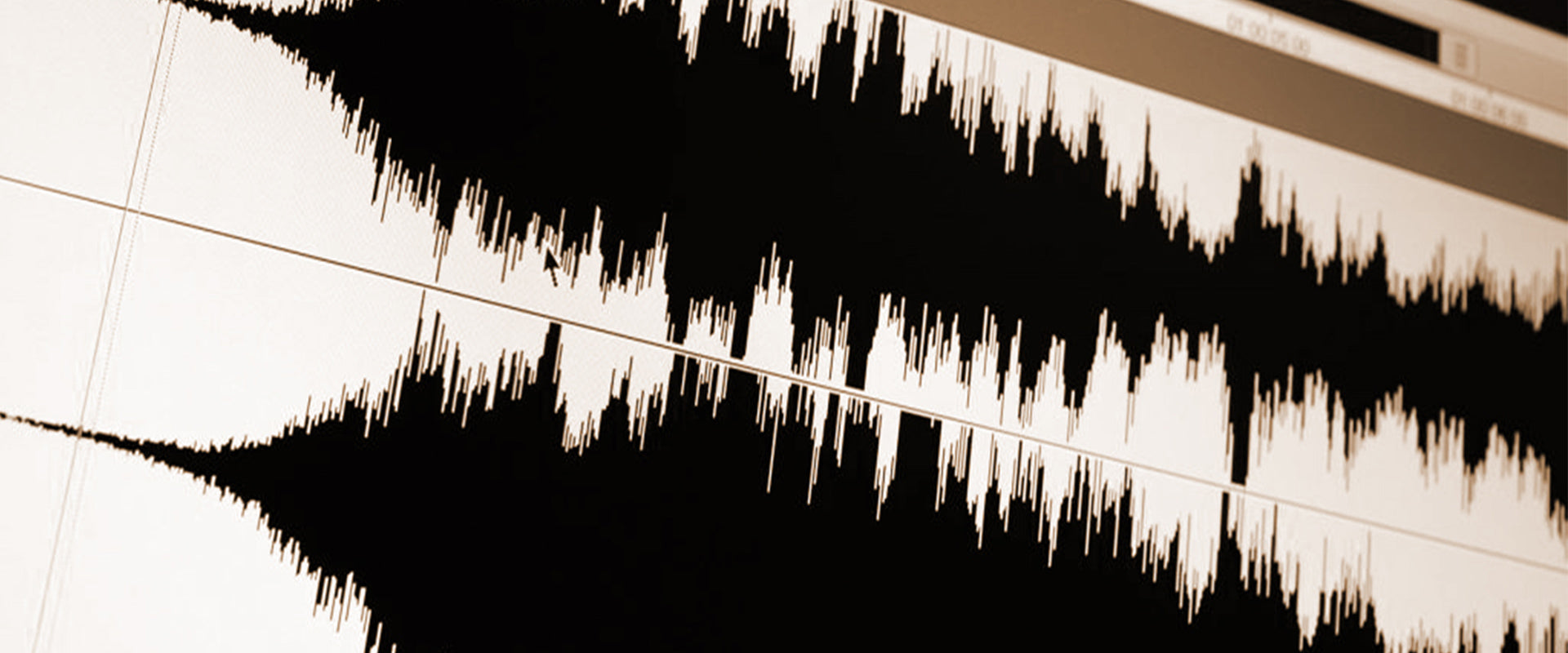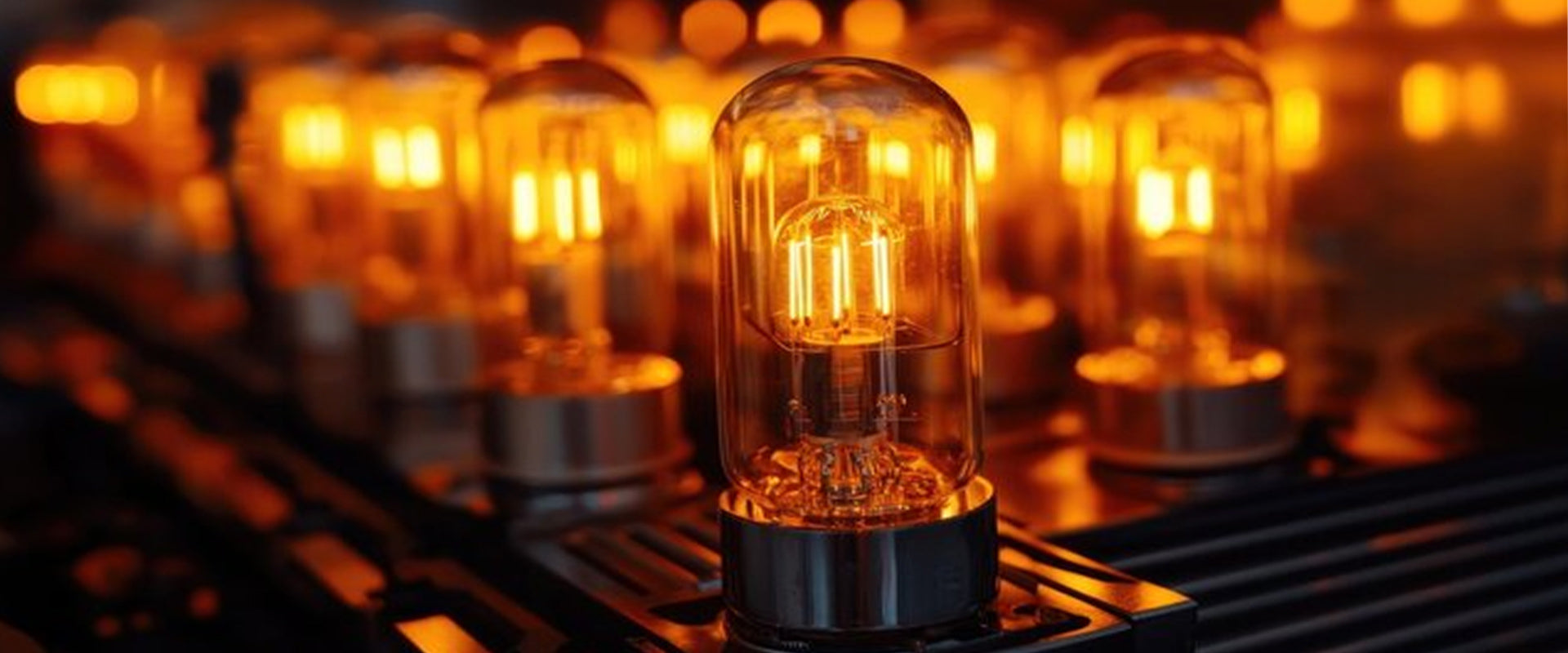
Dual-Mono Amplification vs. Regular Stereo
Why Dual-Mono Is the Superior Choice for a More Spatial and Real Listening Experience
When it comes to high-quality audio, the equipment you choose can make all the difference. Many audiophiles, musicians and music lovers swear by the power of dual-mono amplification, claiming it provides a much richer, more immersive listening experience compared to regular stereo setups. But what exactly makes dual-mono so special, and why do some say it’s the superior choice? Let’s dive in.
What’s the Difference Between Dual-Mono and Stereo?
At its core, the difference between regular stereo amplification and dual-mono comes down to how the left and right channels are handled. In a typical stereo setup, a single amplifier is used to power both the left and right channels. This means that the amplifier must split its resources between both channels, which can sometimes lead to interference or crosstalk, where signals from one channel bleed into the other.
Dual-mono amplification, on the other hand, uses two completely separate amplification pathways—one dedicated to the left channel and one to the right. This separation eliminates the possibility of interference between the two channels, offering a purer, more detailed sound.
The Benefits of Dual-Mono Amplification
-
Clearer Soundstage The most noticeable benefit of dual-mono amplification is the wider, more defined soundstage it creates. By completely isolating the left and right channels, each speaker gets a dedicated, unshared signal. This results in a cleaner, more precise separation between instruments and voices, allowing you to pinpoint exactly where each sound is coming from. It’s almost like you’re listening to a live performance, where everything has its place in space.
-
Enhanced Spatial Depth When you’re listening to music, there’s a sense of space that should accompany every note. Dual-mono amps excel at creating this three-dimensional sense of depth. With no signal interference between the two channels, the audio feels more expansive. The sound doesn’t just come from the speakers; it seems to surround you, making your listening experience feel more like you’re in the room with the performers. It’s the difference between hearing a flat, two-dimensional sound and one that feels alive and dynamic.
- More Accurate Bass Response Bass frequencies are notoriously tricky to get right, but dual-mono amplification handles them with impressive precision. Since the left and right channels are completely independent, bass sounds stay tight and focused. There’s less chance of distortion or muddiness that can occur when a single amplifier tries to drive both channels at once. This results in cleaner, more accurate bass that does not muddy the midrange.
- Improved Clarity and Detail By eliminating any possibility of crosstalk between channels, dual-mono amps provide a level of clarity and detail that’s hard to match. You’ll hear more of the subtleties in your music—the delicate pluck of a guitar string, the breath of a vocalist, the soft thud of a kick drum. It’s the kind of detail that pulls you deeper into the music, making every song feel like a new experience.
Why Dual-Mono Is Superior
While regular stereo can certainly provide great sound, dual-mono amplification takes it to the next level. If you’re looking for a listening experience that’s not just good, but extraordinary, dual-mono is the way to go. The enhanced clarity, improved spatial depth, and more accurate bass create an audio environment that feels far more lifelike and real.
In the world of high-fidelity audio, the goal is to bring you closer to the music, to make it feel as though you're right there with the artist. The dual-mono amplification signal path we designed for écoute audio headphones doesn’t just get you closer—it puts you in the front row, in the best seat of the house.



Leave a comment
This site is protected by hCaptcha and the hCaptcha Privacy Policy and Terms of Service apply.